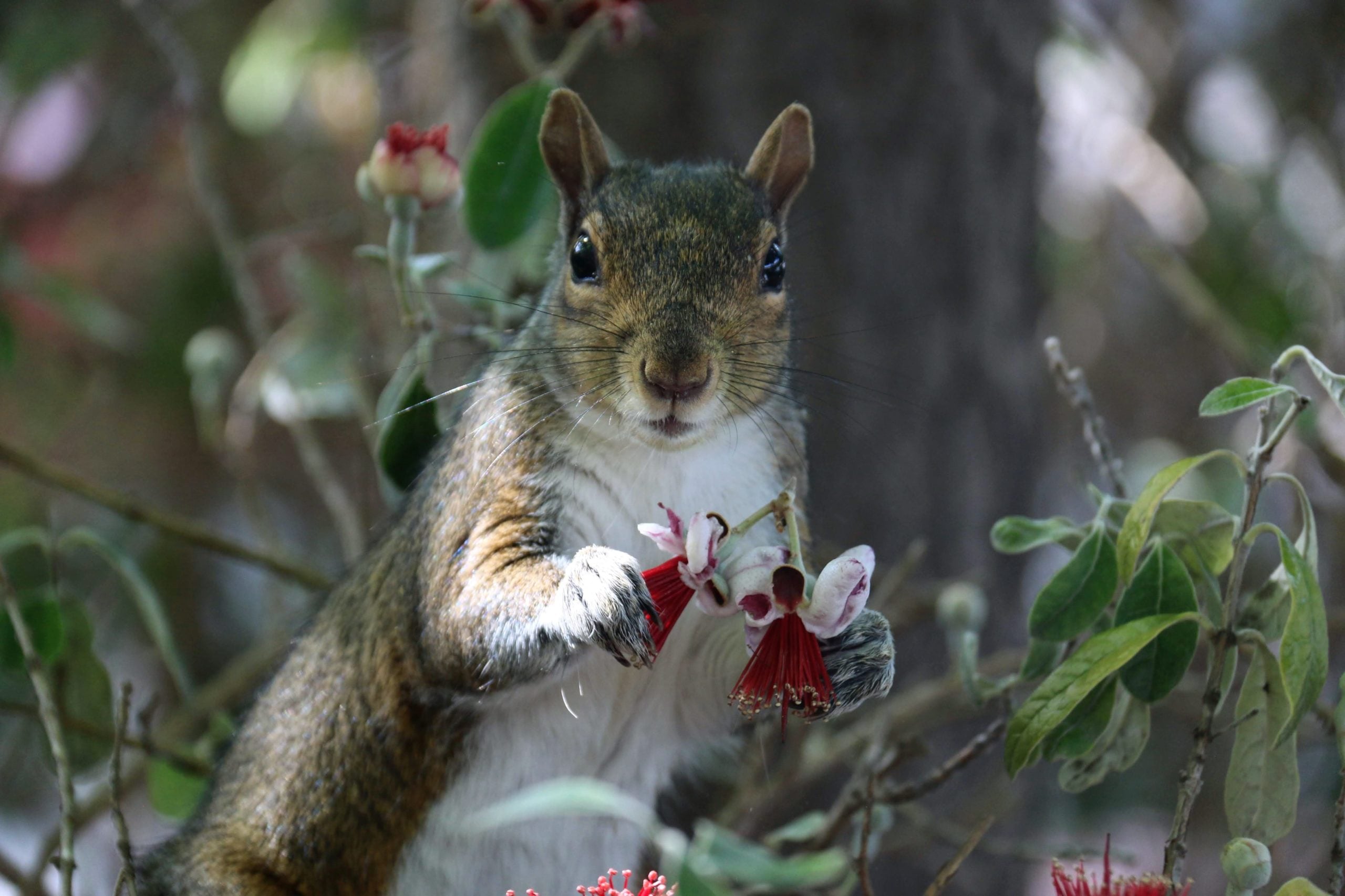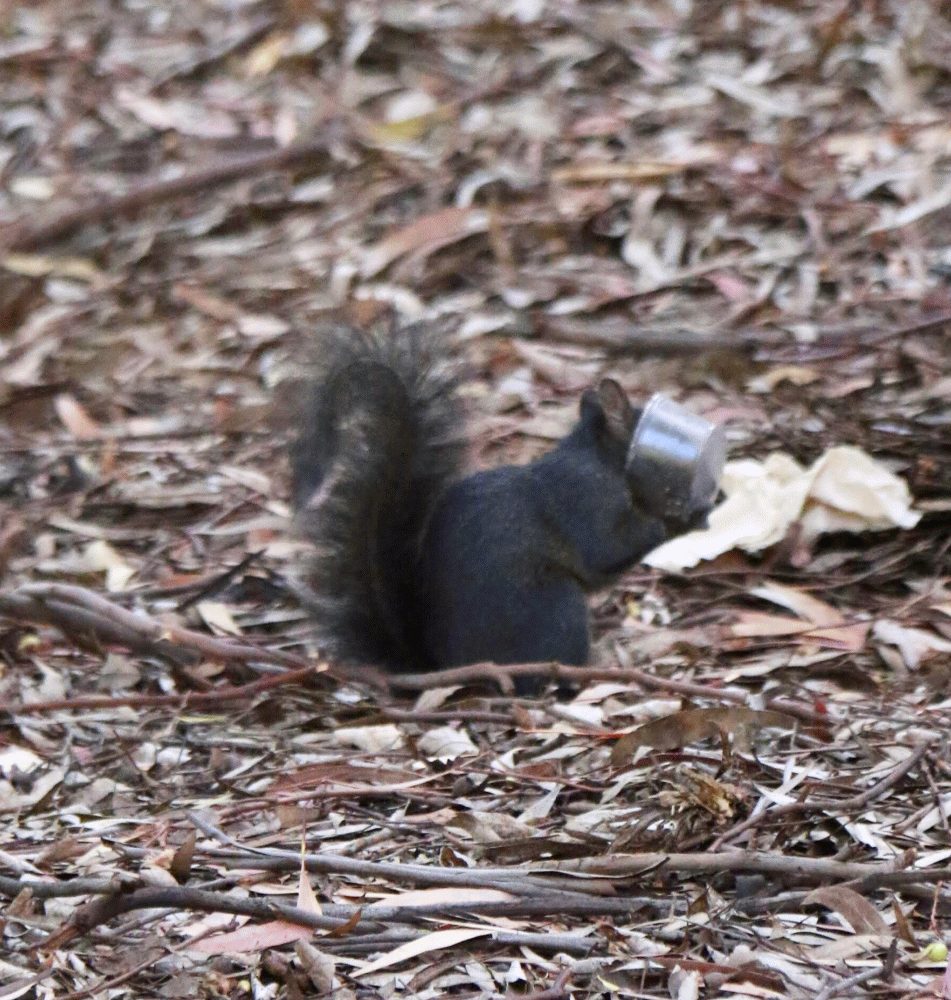Spring quarter at Stanford brings with it all sorts of sights and sounds that let all the undergrads know that it’s officially darty season: beer pong tables and fountain hoppers in Terman; reggaeton and hip-hop and indie rock with sunbathers on Arguello Field; warm weather (I write this as it nears 100° F outside); the European wild oats covering the hills by the Dish desiccating to reach their summer golden-brown color; the smell of wildfire smoke drifting over from somewhere in the Bay Area.
That’s what a normal spring quarter feels like, anyway.
As we social distance and trudge through “cumulative midterms” from across the globe, and as we spend so much time in the same small living spaces, it’s hard to remember what a normal spring quarter feels like. Even with my privilege of being able to comfortably shelter in place with my family, I miss the exuberance of spring on campus, and I know that feeling is shared by many.
I’ve responded to that feeling in a number of ways. One is by building Stanford in Minecraft (which, shameless plug, you should definitely help with), and another is the dubiously helpful practice of scrolling through photos from last spring. But last week I decided to get a more real sense of campus by biking to Stanford to do what I do best: gawk at the plants.
The fountains may be empty and the campus oddly quiet, but the flora and fauna are happy to shelter in place. Cacti are blooming, squirrels scramble everywhere and the palm trees catch the evening light in the unusually clean air. I’m skeptical of the “earth is healing” narrative, as the pandemic only shows us an inherently unsustainable way to reduce human impact on the planet, but the trees do look especially beautiful this year. Or maybe I’ve spent too long building crude, pixelated approximations of trees in Minecraft. That might explain it better.
Regardless, campus was beautiful. Some favorite plants of mine were showing their full spring glory: the passion flower on the Law School dumpster, the white catalpa trees on the Row and the many botanical oddities in Main Quad and the Arizona Cactus Garden. I found surprises, too: Angell Field (in the middle of the track) was overgrown with blooming white clover, some strange cycads and monkey puzzle trees were producing cones and I didn’t see a single caterpillar. Maybe the Western tussock moths are staying at home too—or, more likely, Building and Grounds Maintenance’s persistent efforts to reduce their populations have been successful.
I might not be able to give you the joy of a caterpillar-free spring on campus, but I can give you these small snapshots of what it might look like. With hope, these photos might help you find a little bit of beauty and sense of familiarity in these—as they say—unprecedented times.
To learn more about the flora and fauna on and around campus, check out Trees of Stanford and Birds of Stanford.
Contact Michael Byun at mbyun ‘at’ stanford.edu.
[ubergrid id= 1168473]

